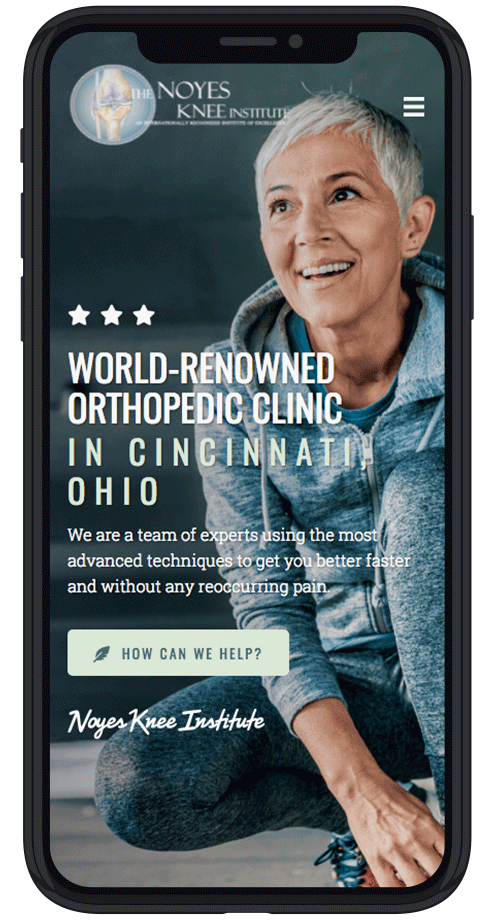Published On
Category
Living with pain can be overwhelming. Not only can it affect your ability to complete simple everyday tasks, but pain can also affect your mood and emotional well-being. Light aches and minor discomfort in and around your joints are common after an injury or overexertion, but ongoing pain should always be addressed by your doctor.
Considering more than 50 million Americans have some form of arthritis, understanding the signs of this debilitating condition is smart. Using this guide and the help of your doctor, you can figure out if the pain in your knee is caused by arthritis and if you require medical treatment.
Knee Stiffness
The constant use of your knee can wear down the joints and cartilage, resulting in inflammation that is not only painful but also debilitating. Patients with arthritis in the knee will likely feel this pain, but they will also experience stiffness of the joints. This stiffness can prevent you from bending the knee, which can decrease your quality of life.
Most patients experience stiffness of the knee in the morning after waking up, which decreases throughout the course of the day. Unfortunately, some patients will experience stiffness of their joints morning, noon, and night.
If you are experiencing stiffness that prevents you from bending your knee, walking, or completing other simple tasks, you most likely require treatment for your arthritis.
Knee Deformity
Arthritis causes fluid to build up in the joint, increasing inflammation and causing swelling. This excessive swelling can cause the area around your joints to look abnormal. Although most common in the hands and feet, arthritic knee joints may also appear deformed.
Without treating your arthritis, the swelling can become very severe. Over time, connecting tissues and ligaments will begin to stretch and loosen, resulting in a more permanent deformity that may require surgical treatment.
Knee Redness
Due to the inflammation, the skin around your joints may appear red as well. Inflammation of the joints also irritates the capillaries, causing them to dilate. As this occurs, your skin’s surface reddens.
The inflammation caused by arthritis will not only irritate your joint, but it will also directly affect your capillaries. Inflammation in and around your joints will spread to the capillaries, causing them to dilate. This will increase blood circulation throughout the joint area, resulting in severe redness of the skin around your knee joint.
Be sure to notify your doctor about any unexplained redness around your knee or other joints, to determine if you have a severe form of arthritis.
Fever
Another common symptom of arthritis is a constant low-grade fever. Of course, a fever could also be a sign of an infection that requires antibiotics, so it is best to consult your doctor if you continuously have a temperature over 100 degrees. However, if you do not have an infection, the fever may be stemming from joint inflammation.
If one or both knee joints is inflamed, your body’s immune system will attempt to heal itself. During the fight, your body’s temperature will increase, causing you to have a slight fever. If the inflammation does not improve or it worsens, you may begin to experience other symptoms, such as nausea and vomiting.
Ibuprofen is an effective pain reliever and fever reducer, but it is not capable of healing arthritis. If you are living with one or more of the above signs, you most likely have arthritis of the knee. To reduce pain and improve your overall quality of life, treating arthritis through physical therapy, medication, or surgery may be the answer. To learn more about arthritis of the knee, contact the Noyes Knee Institute today.

